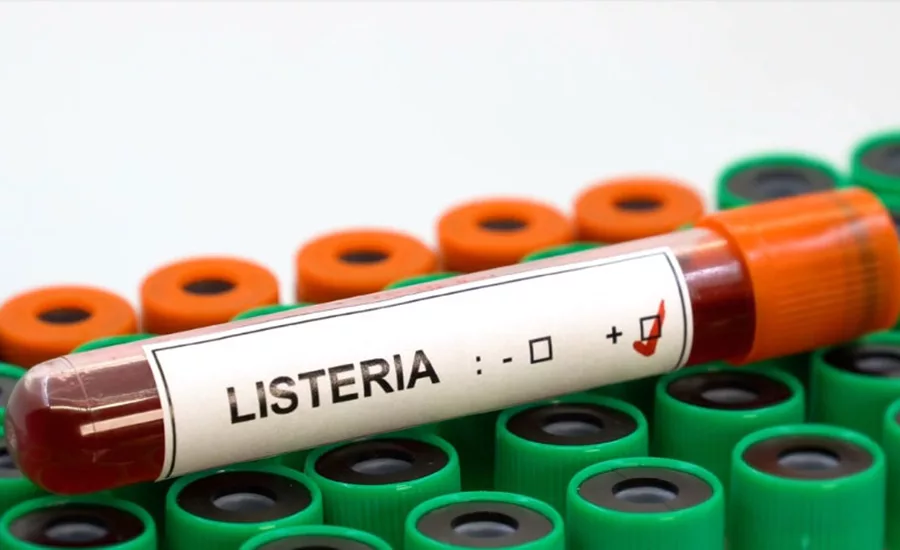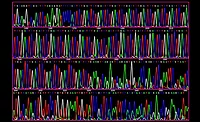How WGS Continues to Change Food Safety
Whole genome sequencing is helping identify the root cause of more foodborne illness outbreaks

Over the past few years, it seemed like there were announcements about food illness outbreaks and recalls on a daily basis. While there were some disruptions in announcements due to the COVID-19 pandemic, the pace of recall announcements nonetheless seems to be accelerating, not slowing. For the general public (but not for those of us in the food safety business), the constant stream of these announcements in the media has likely caused many to doubt the safety of their food.
Yet, the U.S. Food and Drug Administration (FDA) and other food safety experts insist—and the data support their assertions—that food illness outbreaks are getting smaller and affecting far fewer people, and that our food is becoming safer every day. How can this be the case? How can more outbreaks equal fewer illnesses and safer food? Blame this dichotomy on whole-genome sequencing (WGS).
We have discussed the impact of WGS in Food Safety Insights many times. As we have discussed, the use of WGS is allowing authorities to identify more illnesses and more outbreaks than we otherwise would have seen. Many of these outbreaks involve smaller and geographically distributed illnesses that would have previously gone unreported. WGS is helping identify and link these cases, and so the number of "reported" illnesses goes up.
Prior to the use of WGS, these outbreaks would have been small, unrelated incidents that would have gone completely unnoticed by public health officials. One can imagine a pre-WGS scenario where outbreaks consisting of, for example, 10–15 people in St. Louis, another 15 in Chicago, 20 in Pittsburgh, and similar numbers in multiple other cities across the U.S., may have gone unsolved or even wholly unrecognized by local public health officials. These incidents certainly never would have been linked as coming from a common source. Even if the affected individuals had sought medical treatment (which is typically not the case, except in severe cases of foodborne illness), any clinical tests collected to identify the pathogen responsible for their illness would have produced insufficient data to link these separate outbreaks by showing they were caused by the same specific pathogen.
Now, however, many foodborne illness outbreaks are being identified by clinical testing with the causative pathogen recovered from ill patients, as opposed to identifying that food had been contaminated through product testing. These clinical samples are analyzed by WGS at local public health laboratories. Then, by submitting their sample results to the GenomeTrackr database and comparing these results to those from other locations, the separate outbreaks can be linked by confirmation of the same specific genetic sequences from the causative pathogen, which can often lead to the identification of a common food source.
In FDA's Foodborne Outbreak Response Improvement Plan, released in December 2021, the Administration states, "Our ability to detect more outbreaks and smaller outbreaks through new technologies and advances in subtyping, such as whole genome sequencing, has likely increased the number of multistate outbreaks identified in recent years."
Frank Yiannis, FDA Deputy Commissioner for the Office of Food Policy and Response, also mentioned this same capability when he posed a question on the FDA TechTalk Podcast Episode 2: "What is the number-one thing that has advanced food safety in the 21st century." While he mentioned that he gets many interesting answers from people all over the world, in answering his own question, Yiannis said, "My favorite answer is these three short letters: 'WGS.'"1
Looking for quick answers on food safety topics?
Try Ask FSM, our new smart AI search tool.
Ask FSM →
Yiannis went on to explain, "It's this idea that we can increasingly detect what might have previously appeared to be sporadic or unrelated illnesses across the country. Because of these genetic sequencing techniques, now we know that these seemingly unrelated illnesses are increasingly having something in common … It has allowed us to detect outbreaks that might have previously gone undetected."1
We are able to use WGS to identify more outbreaks—especially those smaller outbreaks that have likely been occurring undetected all along—and to take steps to solve the root causes and reduce illnesses. So, then, are WGS and the GenomeTrackr program serving to reduce illnesses? The short answer seems to be "yes."
In October 2021, FDA scientists published a paper titled, "An Economic Evaluation of the Whole Genome Sequencing Source Tracking Program in the U.S." about the impact of the GenomeTrackr program.2 This paper discussed the many positive impacts of the GenomeTrackr program and was the first to quantify the economic benefits of the program.
I had a chance to discuss the paper with its authors. Their goal was to measure the effectiveness of the GenomeTrackr database since its creation in 2013. Using GenomeTrackr data from the years 2013–2019, along with specific economic analysis that previously had not been done, they studied the impact of the program in an investigation that took approximately two years.
The conclusion derived from the data is that the program has annual benefits of as much as $450 million for an annual investment of $22 million by public health agencies. Their analysis also shows that the program "broke even" (net benefits versus costs) in its second year, driven by a net reduction in illnesses of approximately seven illnesses for each 1,000 genomes per pathogen added to the database. The report also shows this effect in that the illness level of "heavily sequenced" pathogens are falling faster relative to non-sequenced pathogens, and the observed outbreaks are getting smaller.
The fact that the GenomeTrackr program was at breakeven in its second year was a "surprise finding," according to the authors, as it is unusual for a program to show such significant effectiveness so soon. The authors mentioned that they were pleased with "how robust" the data was in showing the effectiveness of the program in such a short period of time. The FDA researchers mentioned that in their collaboration with other countries that are using similar programs, they have learned that these other countries are seeing the same results.
Interestingly, the authors note that in 2019, 77% of the illnesses prevented were related to Salmonella infections, but the illnesses prevented related to Listeria infections accounted for 70% of the benefits. This effect is due to the higher severity of Listeria illnesses, making the benefits per illness avoided significantly higher. They also noted that reducing the impact of Listeria illnesses was an initial goal of the program when it was created.
The authors also emphasized what I believe is their most important finding: This downward trend in illnesses is the total "net effect" of all of the factors. What this means is that while WGS is helping identify more illnesses (including those that were previously unreported), which would be expected to increase the number of measured illnesses, the net effect of the program shows a reduction in illnesses. In other words, the net reduction in illnesses includes overcoming this increase in reported levels, plus still seeing an overall reduction in illnesses.
The essence of what the researchers found is that as the database has expanded, a positive impact has emerged with regard to both economics and reduced illnesses. Also, as more outbreaks are detected that can be traced and solved, this not only reduces illnesses by shortening their duration and impact but also by finding and correcting the root cause, which eliminates reoccurrences.
The FDA report's economic estimates are conservative, as the benefits to industry are not completely captured by the model used, so food processors will see additional economic benefits even though they have not been quantified.
By providing processors the tools to better understand their risks and the reservoirs in their plant and helping them determine if their control and mitigation efforts are successful, this helps avoid repeat contamination events, thereby reducing illnesses and the resulting costs.
The benefits of WGS and GenomeTrakr are expected to continue to grow as more genomes are added. The FDA researchers estimate that the GenomeTrackr database, once complete and fully implemented, could result in billions of dollars of net benefits.
WGS is clearly here to stay and will continue to have a tremendous impact on food safety. We will likely continue to see increases in the numbers of reported outbreaks, but we will also likely see them get progressively smaller and produce fewer illnesses.
I look forward to that story being reported in the news.
References
- U.S. FDA. "Whole Genome Sequencing in the New Era of Smarter Food Safety." TechTalk Podcast. October 6, 2021. https://www.fda.gov/food/new-era-smarter-food-safety-techtalk-podcast/techtalk-podcast-episode-2-whole-genome-sequencing-new-era-smarter-food-safety.
- Brown, B., M. Allard, M.C. Bazaco, J. Blankenship, and T. Minor. U.S. FDA. "An Economic Evaluation of the Whole Genome Sequencing Source Tracking Program in the U.S." October 6, 2021. https://journals.plos.org/plosone/article?id=10.1371/journal.pone.0258262.
Bob Ferguson is President of Strategic Consulting Inc. and can be reached at bobferguson9806@gmail.com or on Twitter at @SCI_Ferguson.









